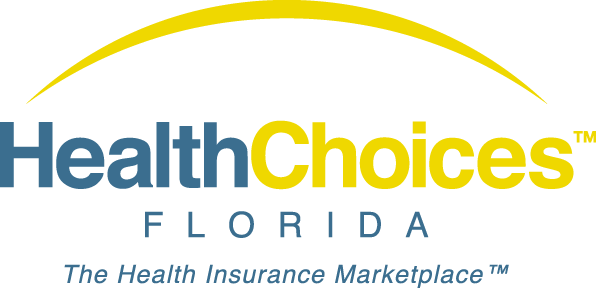If you missed our 2025 Individual Health Insurance Open Enrollment webinar a video replay is available below.

Understanding Deductibles
For many, insurance policies seem complex and hard to understand. You know you need insurance, but what you may not understand is what your insurance policy covers, and how to budget your yearly medical costs so they don’t negatively impact your finances. Deductibles are one area of health insurance that people often overlook.
What is a Deductible
A deductible is an amount you must pay out-of-pocket for medical care before the insurance company will begin paying. For example, if you have an $800 deductible, you will have to pay for your health care costs until you’ve reached $800. After that, your insurance will start paying, although you may still owe a copay or coinsurance amount. Typically deductibles start over each calendar year.
The deductible may not apply to all health care services, such as preventive care, which is covered 100% by the carrier under the Affordable Care (ACA). In addition, not every medical expense you have received will count toward your deductible; for example, copays or excluded benefits (i.e. plastic surgery) may not apply.
How Copays and Coinsurance work with Deductibles
Typically, copays cover you for certain services/procedures by a fixed amount of money before and after the deductible is met. Once you have met your deductible, you may be responsible for a percentage of cost. This is known as coinsurance. Coinsurance amounts will differ based on the plan you choose.
Deductible vs. Out-of-pocket Maximum
The deductible is the amount you pay before the carrier pays their portion of coinsurance. The out-of-pocket maximum is a very important detail to review when choosing your health plan. The out-of-pocket maximum includes your deductible, coinsurance, copays and prescription costs (excluding your premium). The out-of-pocket maximum is the cap placed on your plan that indicates the maximum amount you will pay in a given year (excluding your premium). This means that once you pay your out-of-pocket maximum, your insurance company will pay 100% of your in-network costs.
Which plan is right for you?
If you don’t use your health insurance much and want to keep your monthly costs low, picking a plan with a high deductible may be the best option. However, if you use your health coverage often, you may come out ahead if you pay a little more each month for your premium in order to get a lower deductible. With a lower deductible amount, you’ll pay less out of pocket before your insurance starts paying a percentage of the costs. In either case, it is important to look over the Summary of Benefits and pay special attention to services that are covered before meeting the deductible.
Are you interested in researching the plan that’s right for you? Contact Florida Health Choices today to talk to a benefits counselor and learn which plan best suits your individual needs.

